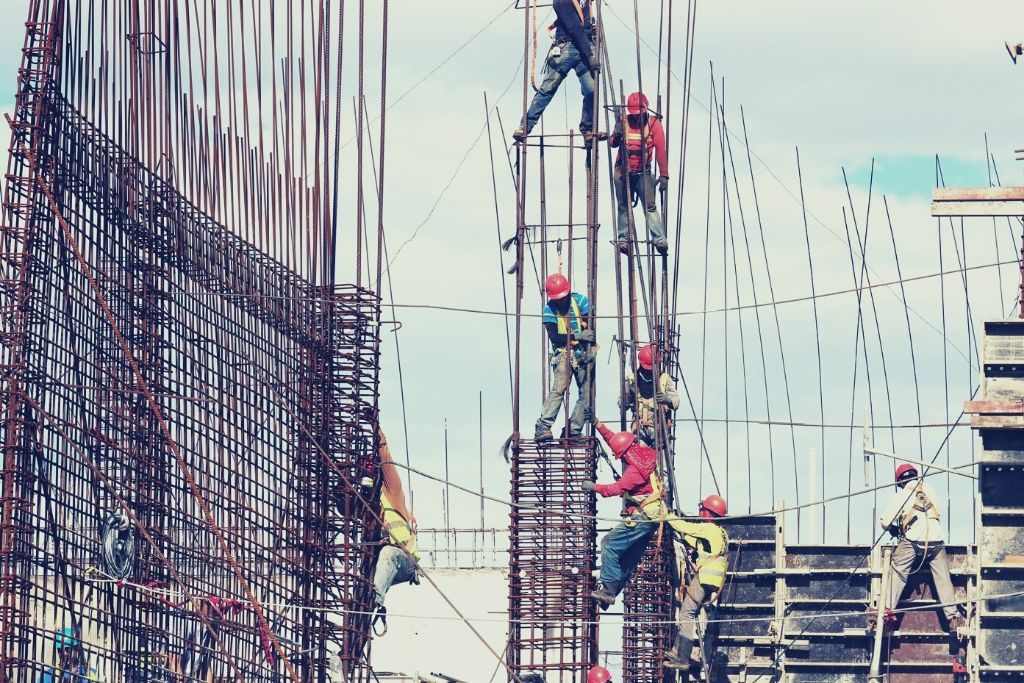The specification created for any construction project details the exact requirements of the building as designed, as well as the products and materials that meet those needs. As such, a robust specification is a key part of ensuring the long-term success of a project. Whilst changes to an approved specification can be made for a number of reasons, it is crucial to consider a number of factors prior to any deviation from the original.
Compliance
The complexity of meeting all relevant legislation – including both fire and access regulations – means that where a specification is not followed there is a risk that the installed doors will not perform as required. For instance, if the force exerted by a given door closer is too high, building occupants will find the doors heavy and difficult to open. This not only increases the risk of fire doors being ‘wedged’ open but also a risk of the door closer being removed by building occupants. Similarly, if the opening force is too low, fire doors may not fully close – compromising the protection of the building and occupants if a fire were to occur.
Long-term costs
Value engineering is often identified as the key driver behind specification switches. Financial pressures can lead to elements of the building being altered from the original product specified in an effort to reduce initial costs. While this may reduce short-term pressures, it can consequently increase the long-term capex of maintaining the building as a whole. This is because doors and door hardware are amongst the most heavily used elements of a building and will be subjected to thousands of open/close cycles a year, and potentially millions throughout its lifetime.
Engaging with an architectural ironmonger will ensure that the products specified will be fit for purpose for its intended application and use.
Maintenance
A final factor to consider is longer-term compliance with the original specification. It is important to ensure that if door hardware needs replacing as part of regular servicing and maintenance, that the replacement parts meet the requirements of the original specification as well as all current legislation. Unsuitable parts could lead to the door failing to perform as it is required to do so.
To ensure a robust specification, it is advised that a trusted supplier is engaged with early on in the process – helping the correct solution to be identified and for detailed information to be included in the specification. This then allows product performance to be benchmarked for comparison. This is vital where a contract has been awarded following a competitive tender process as this will ensure that the selected organisation’s proposal still meets the requirements of the design contract. This can be further supported throughout the build by implementing scheduled inspections of the work in progress to help any issues discovered early in the process.







